What Is Best Binocular Magnification ?
The best binocular magnification depends on the intended use and personal preferences. For general purposes such as birdwatching or wildlife observation, a magnification of 8x or 10x is commonly recommended. Higher magnifications, such as 12x or 15x, can provide more detailed views but may be more challenging to hold steady without a tripod. It is important to consider factors like field of view, image stability, and brightness when choosing the best binocular magnification for a specific activity.
1、 Optimal binocular magnification for general use
The optimal binocular magnification for general use depends on various factors such as the intended purpose, user preferences, and the specific activities for which the binoculars will be used. However, a commonly recommended range for general use is between 8x and 10x magnification.
Binoculars with 8x magnification provide a wider field of view, making them ideal for activities such as birdwatching, wildlife observation, and general outdoor use. They offer a good balance between magnification and stability, as higher magnifications can be more challenging to hold steady without the aid of a tripod or image stabilization technology.
On the other hand, binoculars with 10x magnification offer a closer view of distant objects, making them suitable for activities like stargazing, observing details in landscapes, or watching sporting events from a distance. However, higher magnifications can also result in a narrower field of view and can be more susceptible to image shake.
It is worth noting that advancements in technology have led to the development of binoculars with higher magnifications, such as 12x or even 15x. While these can provide a more detailed view, they may require additional stabilization and can be more challenging to use without a tripod or other support.
Ultimately, the best binocular magnification for general use will depend on the individual's specific needs and preferences. It is recommended to try out different magnifications and consider factors such as comfort, stability, and the intended use before making a decision.
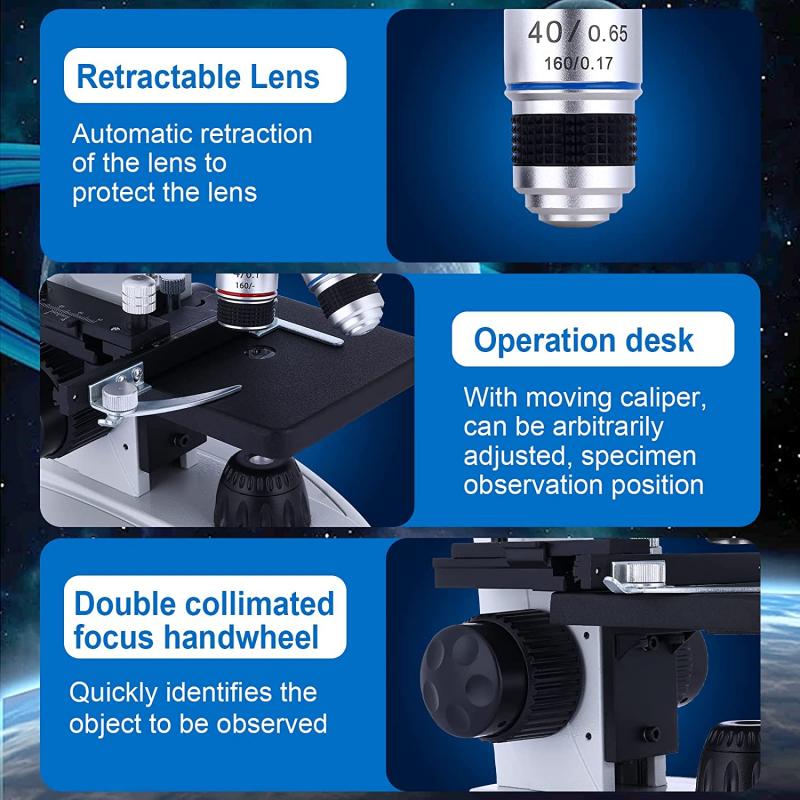
2、 Recommended binocular magnification for birdwatching
The best binocular magnification for birdwatching is typically considered to be between 8x and 10x. This range strikes a balance between providing sufficient magnification to observe birds in detail and maintaining a wide enough field of view to easily locate and track birds in their natural habitats.
Binoculars with a magnification of 8x provide a wider field of view, making it easier to locate birds and follow their movements. They also tend to be more stable, as higher magnifications can amplify hand movements and result in a shaky image. On the other hand, binoculars with a magnification of 10x offer a closer view of the birds, allowing for more detailed observations of their plumage, behavior, and other characteristics.
However, it is important to note that the best binocular magnification for birdwatching can vary depending on the specific circumstances and personal preferences of the observer. Some birdwatchers may prefer higher magnifications, such as 12x or even 15x, for observing birds from a distance or in open areas. Others may find lower magnifications, such as 7x, more suitable for observing birds in dense foliage or for individuals who wear glasses.
Additionally, advancements in technology have led to the development of image stabilization systems in some binoculars, which can help compensate for hand movements and provide a steadier image even at higher magnifications.
Ultimately, the best binocular magnification for birdwatching is a matter of personal preference and should be chosen based on the specific needs and conditions of the observer. It is recommended to try out different magnifications and models before making a purchase to find the one that suits you best.
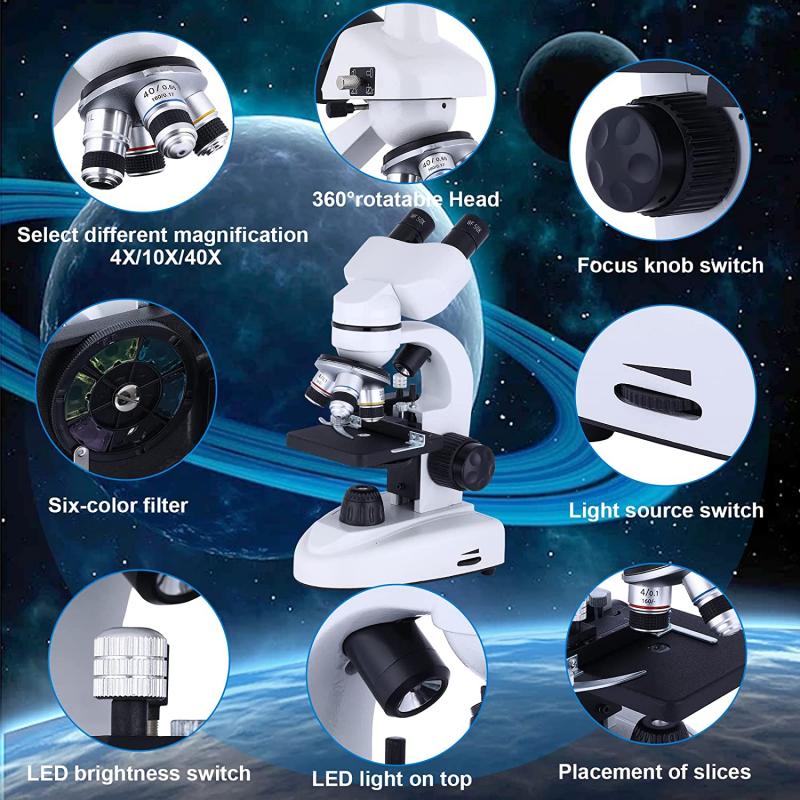
3、 Ideal binocular magnification for stargazing
The ideal binocular magnification for stargazing depends on various factors, including the intended use, personal preferences, and the specific conditions under which stargazing is conducted. Generally, a magnification range of 7x to 10x is considered suitable for stargazing purposes.
Lower magnifications, such as 7x, provide a wider field of view, making it easier to locate celestial objects and observe larger areas of the night sky. This is particularly useful for beginners or those who enjoy scanning the sky for constellations or meteor showers. Additionally, lower magnifications tend to offer more stable images, as they are less affected by hand movements or vibrations.
On the other hand, higher magnifications, such as 10x, provide a closer view of celestial objects, allowing for more detailed observations of the moon, planets, and star clusters. However, higher magnifications also narrow the field of view, making it more challenging to locate objects in the sky. Additionally, higher magnifications can be more susceptible to image shake, requiring the use of a tripod or other stabilization methods.
It is important to note that while higher magnifications may seem appealing, they are not always the best choice for stargazing. Atmospheric conditions, such as turbulence or light pollution, can significantly impact image quality, making higher magnifications less effective. Therefore, it is crucial to consider the specific conditions in which stargazing will take place and choose a magnification that balances detail and stability.
In recent years, advancements in technology have led to the development of binoculars with higher magnifications, such as 12x or even 15x. While these may offer more detailed views, they also come with increased challenges, such as narrower fields of view and greater sensitivity to hand movements. Therefore, it is recommended to consult with experienced stargazers or astronomy enthusiasts to determine the most suitable magnification for your specific needs and circumstances.
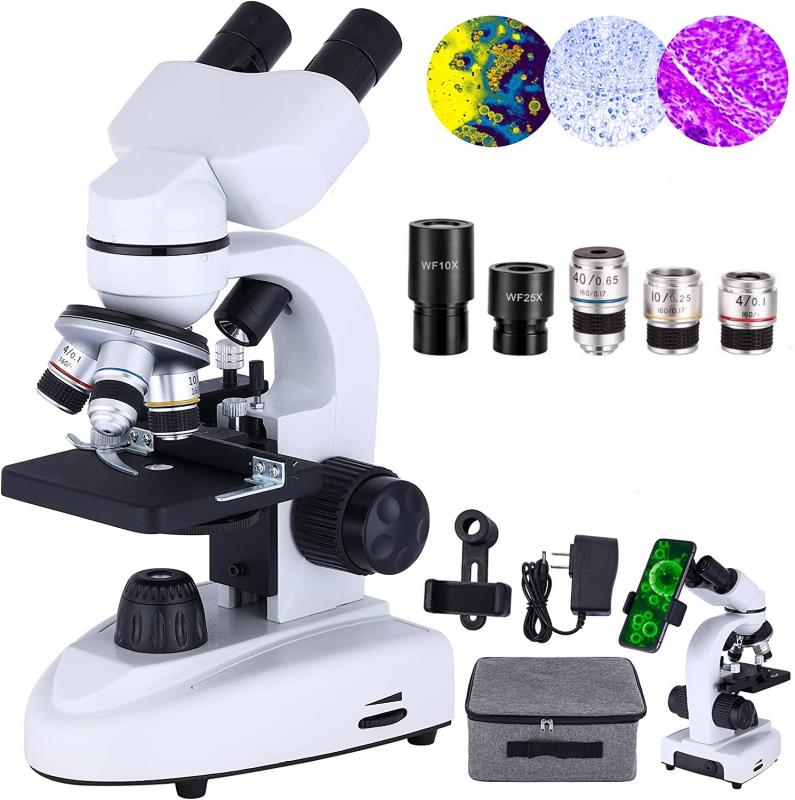
4、 Suitable binocular magnification for sporting events
The best binocular magnification for sporting events depends on various factors such as the distance from the action, the size of the venue, and personal preference. Generally, a magnification range of 8x to 10x is considered suitable for most sporting events.
A magnification of 8x provides a wider field of view, making it easier to track fast-moving action. It also offers a more stable image, as higher magnifications can be prone to hand shake. On the other hand, a magnification of 10x provides more detail and allows for closer observation of the players or athletes.
However, it is important to note that higher magnifications, such as 12x or 16x, may not be ideal for sporting events. These higher magnifications can narrow the field of view, making it difficult to track fast-paced action. Additionally, they can be more challenging to hold steady without the aid of a tripod.
In recent years, there has been a trend towards using binoculars with image stabilization technology for sporting events. These binoculars compensate for hand shake, providing a more stable image even at higher magnifications. This technology has made it possible to use higher magnifications, such as 12x or 14x, without sacrificing image quality or stability.
Ultimately, the best binocular magnification for sporting events is subjective and depends on individual preferences and specific circumstances. It is recommended to try out different magnifications and consider factors such as field of view, stability, and personal comfort before making a decision.
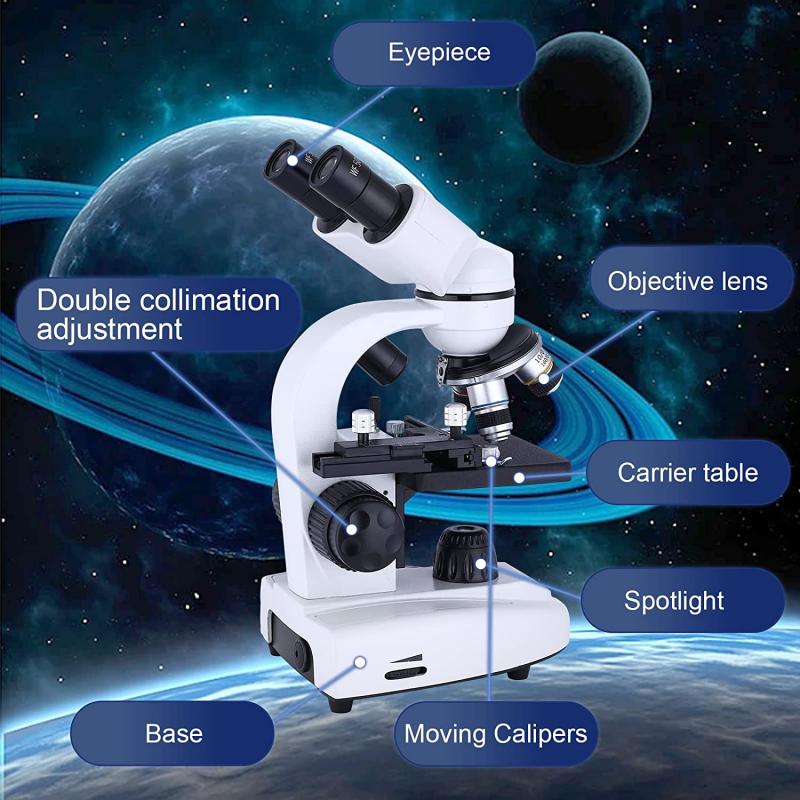




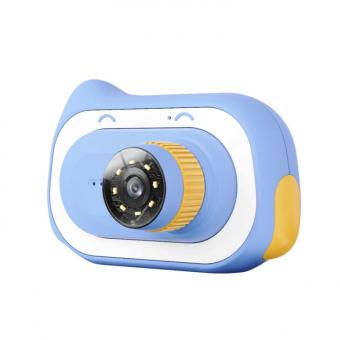
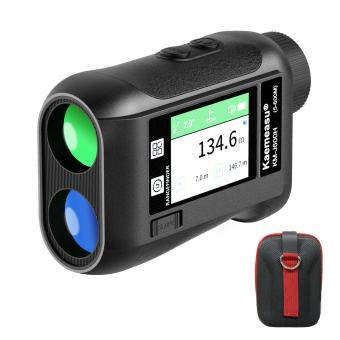
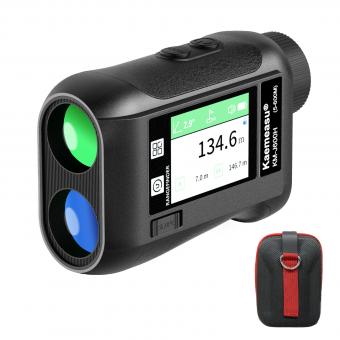

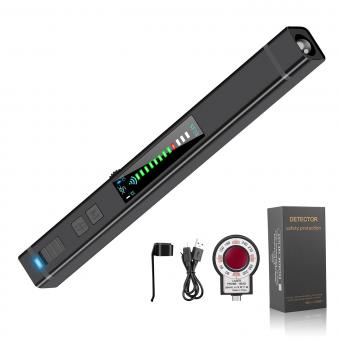
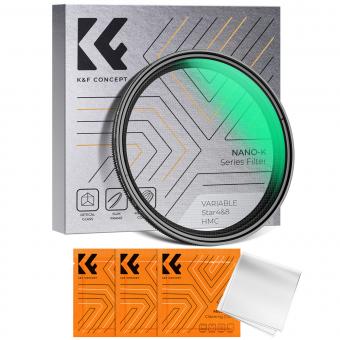
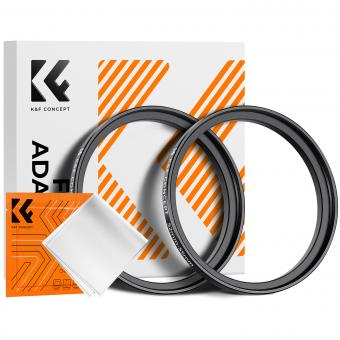


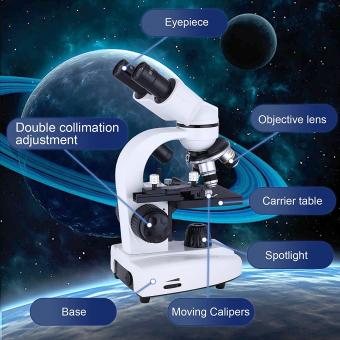

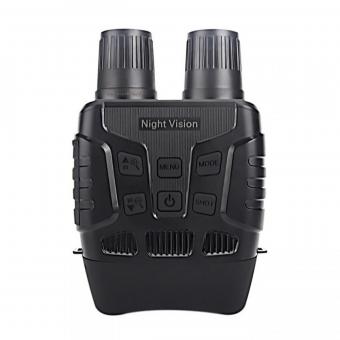
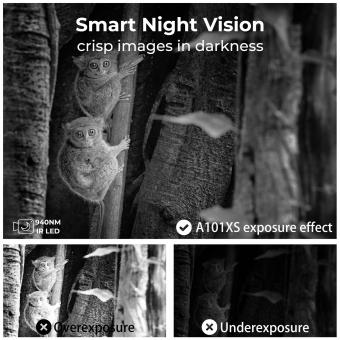





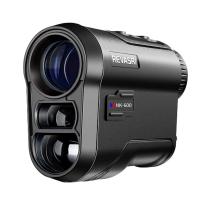

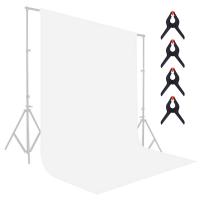




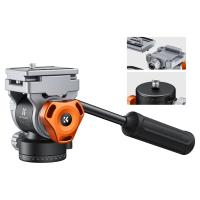


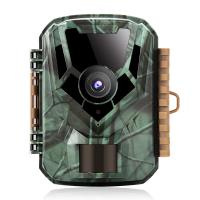
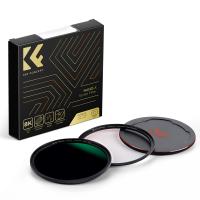
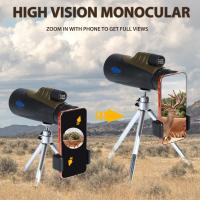
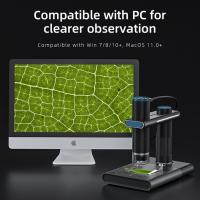


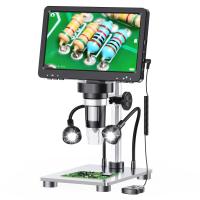
There are no comments for this blog.